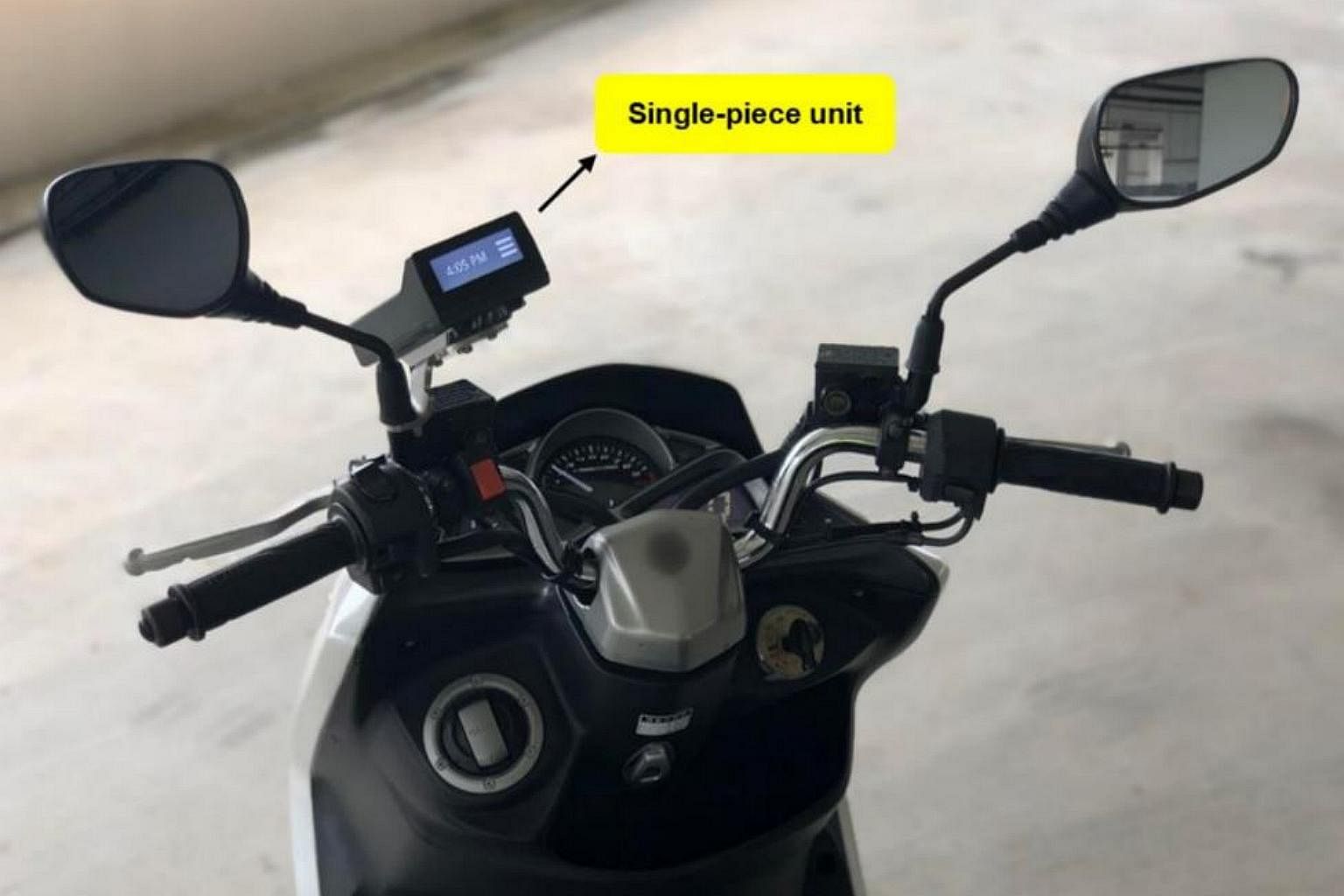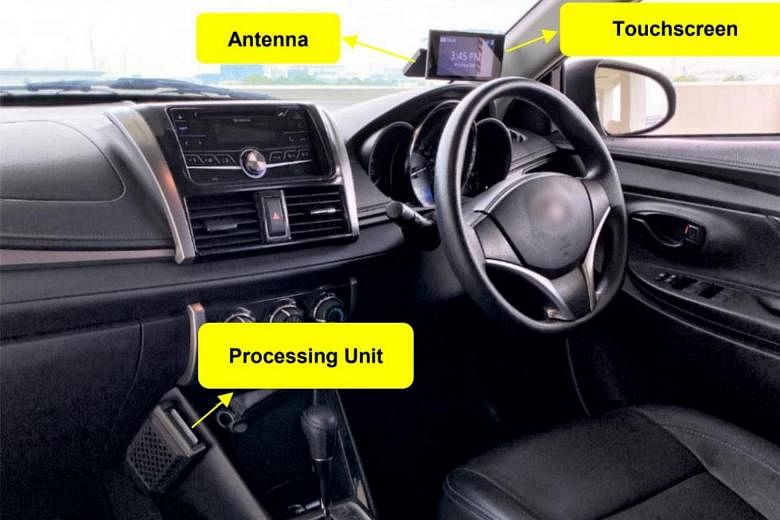Singapore will switch to a satellite-based Electronic Road Pricing (ERP) system in the middle of 2023, but plans to charge motorists according to the distances they clock have been put on hold.
The Land Transport Authority (LTA) said yesterday that installation of a new on-board unit (OBU), which replaces the current in-vehicle unit, will start in the latter half of next year. The initial unit will be free.
LTA had said previously that installation would start by the end of this year. Because the Covid-19 pandemic impacted global supply chains, the exercise - which involves close to one million vehicles - will commence next year, and take place over 18 months.
The new ERP system will switch on in mid-2023, with the existing cordon-based congestion pricing framework still in place. The ERP charging locations will also be clearly indicated on "smaller and slimmer gantries".
In a Facebook post yesterday, Transport Minister Ong Ye Kung said: "How ERP works will not change. What will change is there is no need for big gantries anymore. Also, the in-vehicle unit will need to be replaced - FOC - with a new one, with a bigger screen that can display maps and traffic info and safety alerts."
The new ERP system will have more features than the current one. Besides providing information on charging locations and rates, the OBU will provide real-time traffic updates as well as locations of nearby school zones and Silver Zones, LTA said.
Classic and vintage car owners will be given the option to install the OBU. But those who choose not to will be subject to further usage restrictions as well as separate congestion fees, LTA said.
The new ERP system will replace the current 22-year-old one which, the authority said, was "reaching the end of its operational life".
The new OBU will have two designs - a one-piece unit for motorcycles, and for other vehicles, a three-piece system comprising an antenna, a touchscreen display to be mounted on the windscreen and a processing unit which can be mounted beneath the dashboard.
The new OBU is compatible with the current ERP systems and carparks. Motorists can continue to use Nets FlashPay and ez-link cards, or credit or debit cards, to make payment.
LTA said the privacy of motorists will be safeguarded.

"LTA will only use anonymised or aggregated data for traffic management and transport planning purposes," it said. "Vehicle-specific data will be used only for payment, charges and enforcement."
It added that to prevent unauthorised access and improper use of the data, there will be "robust security and strict safeguards", including penalties for infringement.
Plans for a satellite-based, gantry-less ERP system, which can charge according to the distance covered by a vehicle and which can be islandwide, started soon after the current system went "live" in 1998.
After years of studies, tests and trials, it was decided that such a system was feasible. In 2016, LTA awarded a $556 million contract to NCS and MHI Engine System to build the system.
Nanyang Business School adjunct associate professor Zafar Momin said that until distance-based charging is available, "it sounds like we will probably just have a slightly upgraded cordon-based charging ERP system with a few more bells and whistles".
IT specialist Larry Leong, who provided inputs for Jakarta's road pricing project, said the OBU for the Singapore system is "old-fashioned". "The intent is great, but the tech is too old," he said, adding that an app-based open platform would have been better and more cost-effective.
"It is time to move away from card-based payments," he noted. "Adopt modern payment methods for a modern ERP."
He added that installation of a three-piece OBU will require space and more wiring, and may be a challenge in newer cars.
West Coast GRC MP Ang Wei Neng reckoned the system will go through a transition phase. "It leverages GNSS (Global Navigation Satellite System), paving the way for us to do more things when the system is stabilised," he added.


